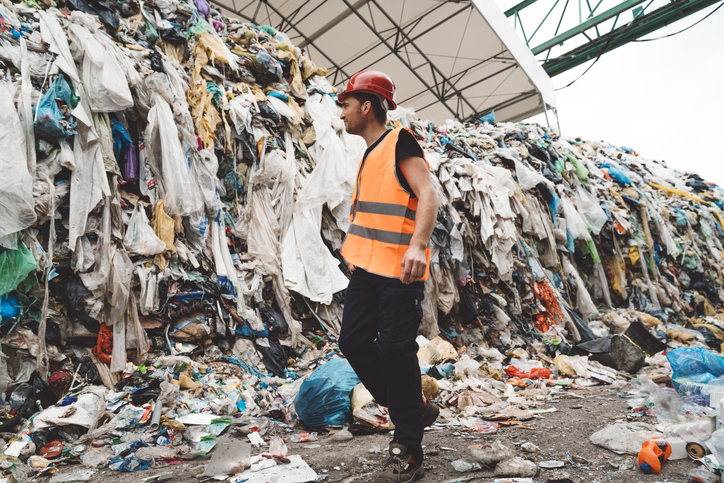Retailers can make a real difference to the environment if they rethink the way they manage textile waste, writes Adrian Jones.
The term ‘external cost’ is a rather dry, economic concept, but when it comes to a topic such as recycling of textiles, this concept has the potential to change the Australian retail sector’s attitudes and help the environment.
By external cost, I mean a cost an activity imposes on a third party, which was not part of the original transaction.
To understand the additional external costs of textile production and consumption, which will only increase as the population and demand for fast fashion skyrockets, should be impetus enough to have Australian companies reviewing where they can recycle and find efficiencies.
Paradoxically, increased recycling lowers the internal and external costs over time.
To explain it more simply, when we buy a garment, the price we pay is the internal cost, which covers the costs of production, fabric, shipping and so on and it is these factors which determine the price the item is sold for by the retailer.
What is not part of this equation is the external cost, which the consumers do not pay at the point of purchase. This falls on the retailer.
These include all the things we often choose not to think about, as they are all a bit unpleasant. This can include everything from the full cost of disposing of that product at the end of its life as well as the environmental damage and degradation that occurs in the manufacturing process.
A good example of an external cost would be the disposal costs quoted by the charity sector in Australia, to transport and sort unsaleable product into landfill. Currently this is $13million of additional cost incurred by them when they did not buy the original garment.
Globally, the external costs of the textile industry are staggering, yet are only recently being discussed, as they have often remained out of sight and out of mind.
The Ellen MacArthur Foundation found the total greenhouse emissions created by the apparel industry in 2015 was 1.2 billion tonnes of CO2, which was more than that emissions created by all the global flights and maritime shipping combined.
Strange isn’t it, that when you buy a flight, you have the chance to pay for a carbon offset to reduce the external cost, but in all my years in retailing I do not recall implementing a carbon levy on any garment?
Here in Australia, another example of a pricing mechanism being used to try and reduce external cost are landfill levies. The theory being that these set a price for disposal into landfill sites and so, over time, encourage more recycling to avoid the fee.
In terms of textiles it is further complicated by the fact we have no state-based textile recycling to capture our garments as we dispose of them, so they become waste of donations to charities.
Neither method places the external cost onto the consumer of the textiles, nor onto the manufacturer. If you think about TVs, there are product stewardship schemes in which the manufacturers directly pay for their waste, but this does not happen in textiles.
A scalable solution
Australia needs the equivalent with a scalable and repeatable solution for the fabric separation of polyester and cotton. We have been working on developing recycling centres in regional Australia for textile waste and it’s our hope the centres will recycle and reuse more than 10,000 tonnes of polyester and cotton from post-consumer garments.
What will the impact of doing this? For every 10,000 of recycled polyester produced, CO2 emissions are reduced by over 15,000 tonnes; by using recycled as opposed to virgin polyester we reduce the amount of energy in production by over 50 per cent.
These are significant numbers that have a real impact on reducing the external costs of textile consumption. Why do we continue the cycle of buy and markdown when we know we are caught in an expensive cycle?
A growing population will consume more and businesses will grow so how do we achieve this and lower the external and internal costs of doing business?
I know now that there is a certain point in the markdown cycle, where there is more value in the fibres of your garments than the garments themselves.
- Maybe we should intervene in and start to recycle garments earlier?
- Maybe we should aim to reduce our external costs by reducing our virgin fibre consumption and use our own recycled fibre, which we have already purchased?
- Maybe we divert recycled garments into our coat hangers or in store fixtures as all of these are costs?
We can, and we must, reduce external costs and we need to embrace volume recycling to do so.
By Adrian Jones, co-founder of BlockTexx

